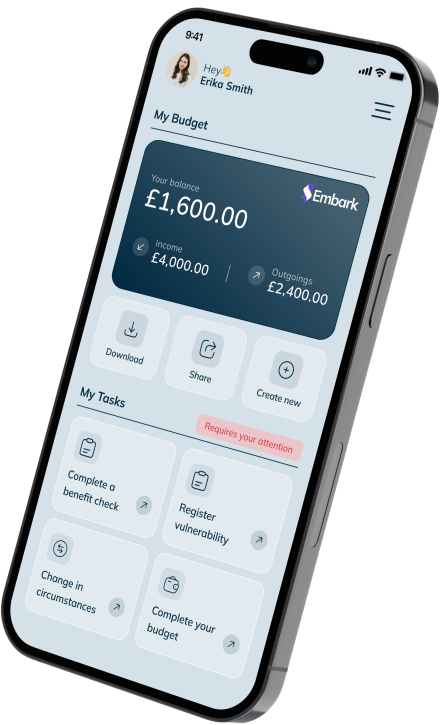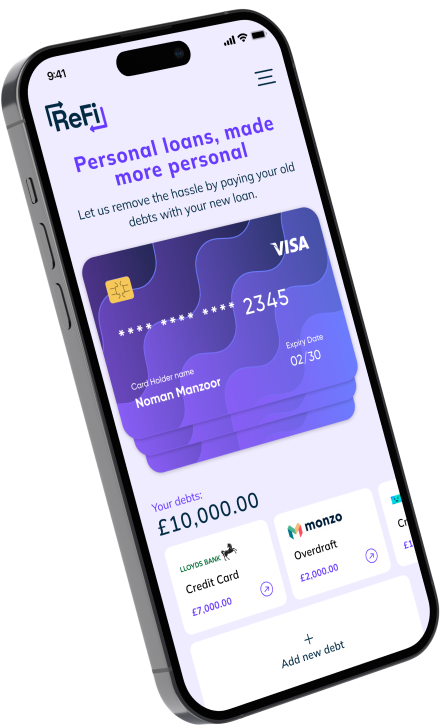Firstly, I’d like to wish my friends and colleagues a very happy New Year – I hope you’ve settled back into the swing of things and are ready to make 2020 one to remember!
Last year my colleague, Navdeep Sethi, wrote about how banks and lenders are putting new processes in place to help the millions of customers considered to be in persistent debt – and what impact this could have for the industry and consumers moving forward.
But what do these processes involve to ensure they adhere to the FCA’s new guidelines?
I’ve spoken to many financial institutions which are affected by the persistent debt initiative and it’s fair to say the major UK banks have already clearly defined their strategies. The resource and effort required to implement them appears to be significant though and will persist beyond 2020.
What are lenders doing?
There are many logistical factors to consider, including gathering the data of the relevant customers, the practical side of communicating with them – and of course the resource needed to assist them.
Lenders appear to be categorising customers in terms of how much debt they’re in, how often they use their credit facilities and whether they’re likely to be able to reduce their level of debt based on previous activity.
Those that have a high level of debt, frequently use their credit cards and haven’t managed to pay off more than interest alone for a significant amount of time will be classed as those in the highest level of persistent debt.
The solution for each level of customer varies depending on their financial situation, which is being gauged by conversations with each person to assess their affordability. Some customers may be able to amend their payments to reduce their debt more effectively, others referred for debt advice and some could be offered an alternative – more sustainable form of credit.
How are lenders communicating with their persistent debt customers?
As persistent debt is a new initiative, lenders and banks appear to be communicating with people as part of manual processes; letters are being posted asking people to call their lenders as they’ve been flagged as being in persistent debt and resources allocated so their affordability can be assessed over the telephone.
Perhaps unsurprisingly, responses so far have been low. Could this be because they haven’t seen the letters – or because customers can’t respond online? Our clients who do utilise a digital process have reported higher engagement, levels which would decrease the resource needed to carry out people’s affordability assessments, ensure the information gathered is accurate and provide people with the most suitable solution.
How have customers responded so far?
From the limited responses so far, we understand that some customers are grateful they’ve been contacted and being given the opportunity to resolve their situation. Others are unhappy they were provided with the credit card in the first place, if it’s been flagged they can’t really afford them.
There is concern many people are burying their heads in the sand and don’t want to address the issue. It could be these people are happy paying the minimum amount every month and don’t want to have their finances reviewed in case they have to pay more.
Increased engagement
It goes without saying that banks and lenders are investigating how technology can support a digital journey to address their new persistent debt requirements.
By using Embark, our clients have seen the time it takes to assess customers’ affordability reduce by 75%. Plus, the information they gather is much more accurate and doesn’t have to be gathered over the telephone as part of lengthy conversations, which are often off-putting for customers. Embark is improving customer journeys, increasing their levels of satisfaction and making a real material difference to our clients’ bottom lines.
What will be the outcome for the lenders?
The persistent debt initiative will have a commercial impact – but lenders do need to look after the best interest of its customers, and I believe this notion is being embraced. For many lenders though, the financial impact should be minimal as credit cards are often one of many products that they provide. It should be noted however that there could be a significant impact on ‘credit-card-only’ providers and their business model.
For lenders which offer several lending products, customers flagged as being in the highest level of persistent debt can be signposted to products which are more appropriate for their needs, which would subsequently help them to reduce their debt quicker (for example an unsecured loan may be offered).
What will be the outcome for customers?
Persistent debt customers who respond will be assessed. They will be encouraged to increase their regular payments and could be signposted to a product which provides a better outcome for them or referred for debt advice if required. There is of course the option to write off the debt, suspend their credit card account or simply freeze all interest and charges. The aim will always be to make sure customers can pay off their debts in the most affordable and sustainable way.
What will happen next?
In my next article I’m going to go into more detail as to how the features of Embark can really help transform the persistent debt process by providing an optimised digital I&E journey.
So, until then, please don’t hesitate to leave your thoughts and opinions about the persistent debt initiative and how it has affected you and/or your business.
By Rich Healey
Product Development Director at Paylink Solutions








